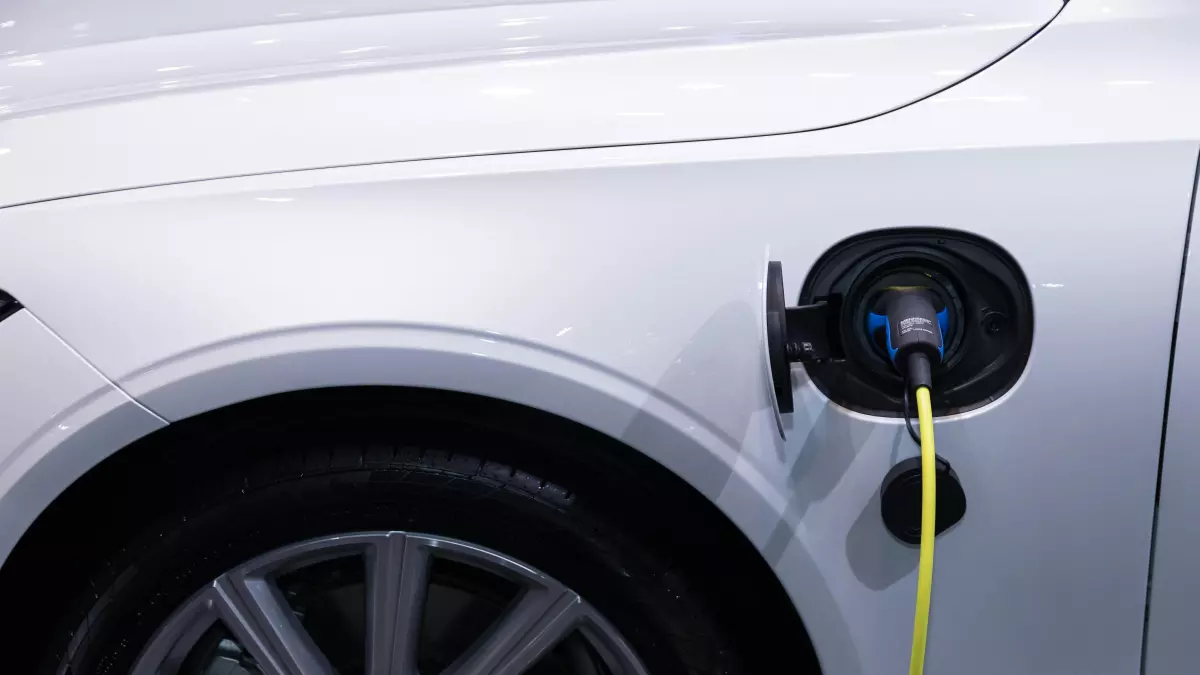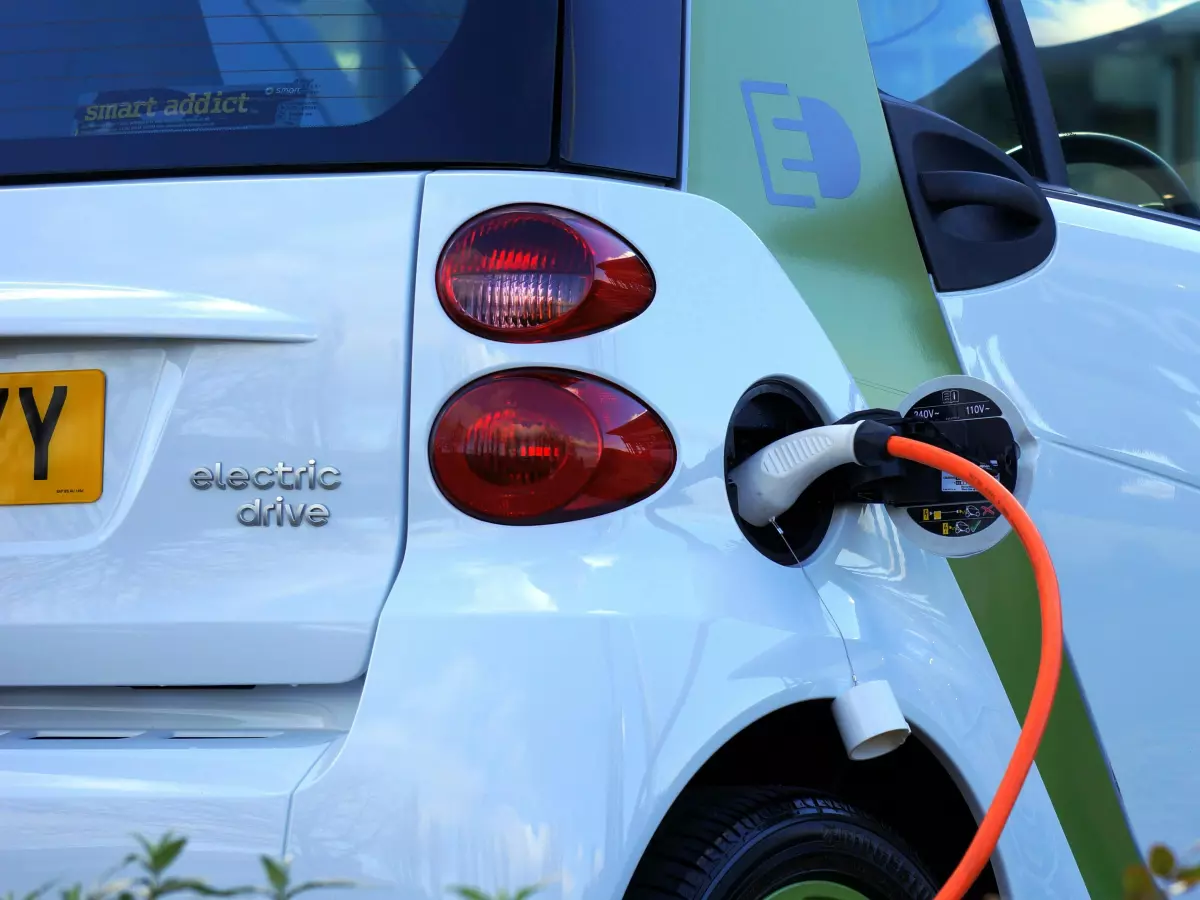Charging Networks Unplugged
Think EV charging is just about plugging in and waiting? Think again. The world of electric vehicle (EV) charging networks is far more complex and evolving faster than you might expect.

By Jason Patel
When most people think of EV charging, they imagine a simple process: plug in, wait, and drive off with a full battery. But behind the scenes, charging networks are undergoing a quiet revolution, one that’s essential for the future of electric vehicles. From faster charging times to smarter grids, the infrastructure that powers your EV is becoming more sophisticated—and it’s about time.
Let’s face it: the current EV charging infrastructure isn’t perfect. You’ve probably heard the complaints—charging stations are too few and far between, charging times are too long, and not all chargers are created equal. But here’s the thing: the industry is working hard to fix these issues, and the solutions are more exciting than you might think.
One of the biggest challenges facing EV charging networks is the sheer demand. As more people switch to electric vehicles, the need for charging stations is skyrocketing. According to the International Energy Agency, the number of EVs on the road is expected to hit 145 million by 2030. That’s a lot of cars, and they all need to charge somewhere. So, how are we going to keep up?
Faster, Smarter, and More Accessible
First up, let’s talk speed. Fast charging is the holy grail of EV infrastructure. No one wants to sit around for hours waiting for their car to charge, especially when you’re on a road trip or in a hurry. That’s why companies are racing (pun intended) to develop ultra-fast chargers that can juice up your EV in minutes, not hours. We’re talking about chargers that can deliver 350 kW of power, enough to add hundreds of miles of range in less than 30 minutes.
But speed isn’t the only factor. Charging networks are also getting smarter. With the rise of vehicle-to-grid (V2G) technology, your EV can become part of the energy ecosystem. Imagine this: your car charges when electricity is cheap and abundant, and then it can feed power back into the grid during peak demand. Not only does this help balance the grid, but it could also save you money on your energy bills.
Accessibility is another key issue. Right now, charging stations are concentrated in urban areas, leaving rural regions and long-distance travelers in the lurch. However, companies are working to expand the network, with plans to install chargers along major highways and in more remote areas. The goal? To make EV charging as convenient as filling up at a gas station.
Standardization: The Missing Puzzle Piece
One of the most frustrating things about EV charging today is the lack of standardization. Different cars use different connectors, and not all charging stations are compatible with all vehicles. It’s like the early days of smartphones when every brand had its own charger. But the industry is moving toward a more unified system. The Combined Charging System (CCS) is emerging as the global standard, and more automakers are adopting it. This means that in the near future, you’ll be able to pull up to any charging station and plug in, no matter what kind of EV you drive.
Another exciting development is the rise of wireless charging. Yes, you read that right—wireless. Imagine parking your car over a charging pad and walking away while your vehicle charges automatically. This technology is still in its early stages, but it’s already being tested in some cities. If it takes off, it could revolutionize the way we think about EV charging.
The Role of Software in Charging Networks
Let’s not forget the role of software in all of this. Charging networks are becoming increasingly reliant on sophisticated software systems to manage everything from billing to energy distribution. Apps now allow you to find the nearest charging station, check its availability, and even reserve a spot. Some systems can even optimize charging based on your driving habits and energy prices, ensuring you get the best deal every time you plug in.
Software is also playing a crucial role in maintaining the health of the grid. As more EVs hit the road, the demand for electricity will increase, and the grid will need to adapt. Smart charging systems can help by distributing the load more evenly, preventing blackouts and ensuring that everyone gets the power they need.
What’s Next for EV Charging Networks?
So, what does the future hold for EV charging networks? In a word: growth. The industry is expanding rapidly, with new charging stations popping up every day. But it’s not just about quantity—it’s about quality. Faster chargers, smarter grids, and more accessible stations are all on the horizon. And with the rise of renewable energy, we could soon see charging networks powered entirely by wind and solar, making EVs even more eco-friendly.
The bottom line? The future of EV charging is bright, and it’s evolving faster than you might think. So next time you plug in your EV, take a moment to appreciate the incredible technology that’s powering your ride—and get ready for even more exciting developments down the road.





